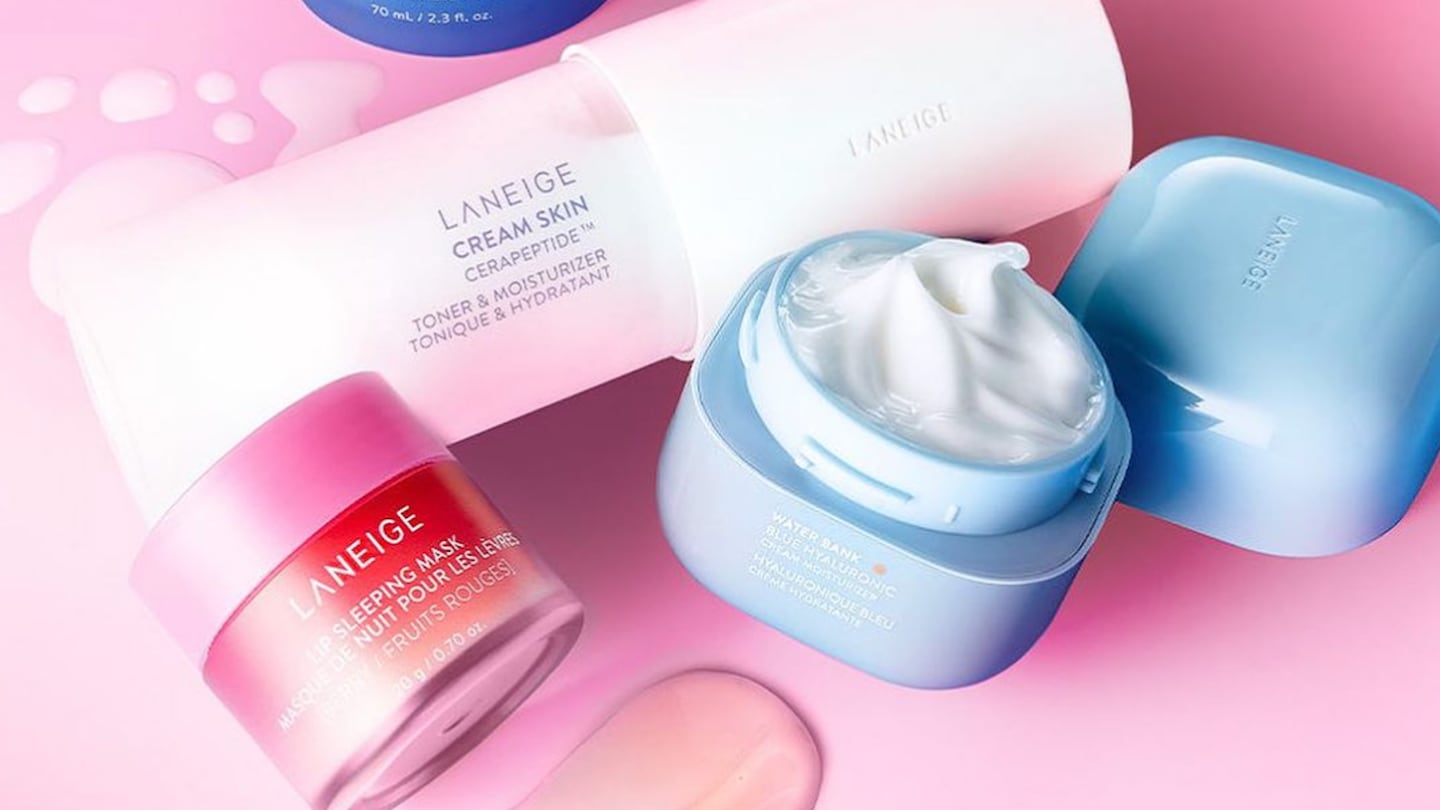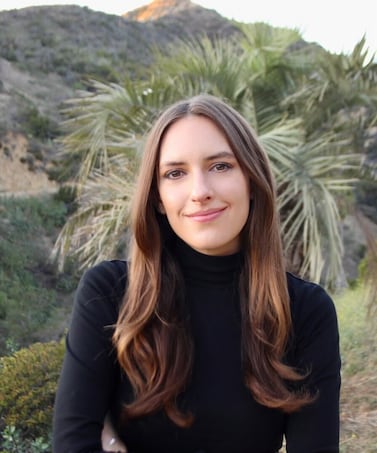
The Business of Fashion
Agenda-setting intelligence, analysis and advice for the global fashion community.

Agenda-setting intelligence, analysis and advice for the global fashion community.

When Laneige launched at Sephora US in 2017, its K-beauty identity was front and centre.
The Amorepacific-owned brand was featured in the retailer’s K-beauty endcap, a K-beauty menu bar section and multiple K-beauty campaigns. But half a decade later, hype around the category had faded, according to Julien Bouzitat, US brand general manager for Laneige and sister brand Innisfree.
“The first time, it was very successful,” he said. “The second time, not as great … [Sephora’s] takeaway was that the first wave of K-beauty had gone away.”
The K-beauty craze emerged in the US around 2012 with the rise of BB cream, and spurred countless subsequent beauty trends such as sheet masks, 10-step skin care routines and blemish patches. In the mid- to late 2010s, K-beauty fervour was so high that imported labels like Laneige and Tony Moly quickly faced competition from major US brands launching copycat products as well as from new K-beauty-inspired startups like Glow Recipe, Then I Met You and Peach & Lily.
ADVERTISEMENT
But as K-beauty went mainstream, brands’ use of the term as a selling point died down — until now. Korean brands have TikTok to thank. The hashtag #kbeauty has 9.5 billion views on TikTok. The term “Korean glass skin,” a K-beauty trend that was popular in 2017, saw 134 percent year-over-year growth on TikTok over a six-month period ending April 30, according to data science company Spate and market research firm Circana. Sales of products that help users achieve the Korean “glass skin” look have risen, too. The viral Cosrx Advanced Snail 96 Mucin Power Essence is now the number one best-selling beauty product on Amazon after taking off on TikTok. The brand said it has now sold 15 million bottles as of September.
While K-Beauty’s original heyday was driven in part by gimmick marketing and attention-grabbing packaging, its resurgence is due to a new “skintellectual” age group being drawn to product efficacy. Moreover, affordable price points are encouraging cost-conscious and dupe-obsessed shoppers to buy.
“There’s been a second generation which became more [focused on the] brand-building aspect of K-beauty and this Korean skincare expertise,” said Bouzitat.
Since the 1990s, Hallyu — the “Korean wave” — has been growing outside South Korea’s borders, as the South Korean government encouraged international exports globally. The 2010s saw an influx of Korean culture and products, especially entertainment and beauty. US-based Sephora and Ulta Beauty stocked up on Korean beauty brands, while beauty conglomerates acquired them. In 2018, L’Oréal purchased K-beauty brand 3CE parent company Nanda, while the Estée Lauder Companies bought Dr. Jart+ in 2019.
“It took skin care to a whole other level. I don’t think it will ever be the same, thanks to the influence of K-beauty,” said Lindsay Ullman, co-founder of beauty consulting firm The View from 32 and a former merchandising executive at Sephora.
But its popularity kicked off an influx of K-beauty inspired brands stateside. Soko Glam and Peach & Lily both started as e-tailers selling imported K-beauty products before their founders, Charlotte Cho and Alicia Yoon, respectively, expanded with their own skin care brands. Quickly, legacy brands like Lancôme and Clinique began introducing their own versions of BB creams, sheet masks or cleansing oils.
Momentum slowed in the 2020s. Estée Lauder Companies reported in August that Dr. Jart+’s net sales declined during the 2023 fiscal year. In the US, Sephora stopped stocking at least 10 K-beauty brands that it sold in the late 2010s, including Too Cool for School, Neogen, Amorepacific and Son & Park, and no longer highlights its K-beauty section on its homepage. Amorepacific’s profits plunged by 28.5 percent in 2022. Even upstarts like Glow Recipe and Hero Cosmetics, that once traded on being K-beauty-inspired brands, stopped using the term in their marketing and communications.
It’s not the multi-step routine tutorials — which were the hallmark of 2010s K-beauty — driving the category’s comeback. Instead, it’s individual viral product crazes sparked by influencers and celebrities.
ADVERTISEMENT
K-beauty sunscreens with formulas that don’t have a white cast, for example, have been a hit with influencers. Innisfree’s Daily UV Defense sunscreen, which went viral on TikTok, was explicitly cited as one of the top-selling products driving Amorepacific Group’s North America growth this year. Beauty of Joseon’s Relief Sun sunscreen has received 587 million views on TikTok, driven by influencers like Ava Lee, who is working on a collaboration with the brand planned for release in 2024. While the product is not yet approved by the FDA for sale in the US, customers have tried to find workarounds, ordering from cross-border websites or unverified Amazon sellers.
Meanwhile, Laneige is seeing double-digit sales growth in the US, said Bouzitat. The brand has been a hit on TikTok for the past two years thanks in part to its ASMR product videos and high-profile brand ambassador, “Euphoria” actress Sydney Sweeney. The efforts the brand has made on TikTok are part of a broader North America marketing push on the part of Amorepacific Group, which also launched a rebrand campaign for luxury brand Sulwhasoo this year. The company also returned to profitability in the second quarter of 2023, reporting that overseas revenue grew 27 percent, boosted by 105 percent growth in North America.
Unlike prestige predecessors, affordable K-beauty brands have become a draw for TikTok’s dupe-obsessed young shoppers. Beauty influencer Stephanie Valentine, known on TikTok as Glamzilla, prompted a sell out of Innisfree’s Dewy Glow Moisturizer when she offered it as a dupe for Tatcha’s Dewy Skin Cream Plumping & Hydrating Moisturizer. Within 48 hours, the item sold out at Sephora US and Canada as well as on the brand’s website.
“Innovation, no matter what category you’re talking about, clients are going to always be excited about that,” said Ullman. “Korean skin care is such an innovative player, so as long as they keep coming out with new formats, new textures, new ways to talk about skin care, there’s opportunity.”
Amorepacific rode the K-beauty wave to become one of Asia’s most powerful cosmetics empires, surpassing beauty sales of Chanel and LVMH. But as it grapples with a patent battle and a turbulent China market, some wonder whether its heyday might be over.
Their 10-step routines, snail serums and sheet masks took the world by storm 10 years ago. Now, Korean beauty brands are facing a fiercely competitive market and need to think outside the box.

Liz Flora is a Beauty Correspondent at Business of Fashion. She is based in Los Angeles and covers beauty and wellness.
How not to look tired? Make money.
In a rare video this week, the mega-singer responded to sceptics and gave the public a look at what her beauty founder personality might be.
Request your invitation to attend our annual gathering for leaders shaping the global beauty and wellness industry.
Excitement for its IPO is building, but in order to realise its ambitions, more acquisitions and operational expenses might be required.